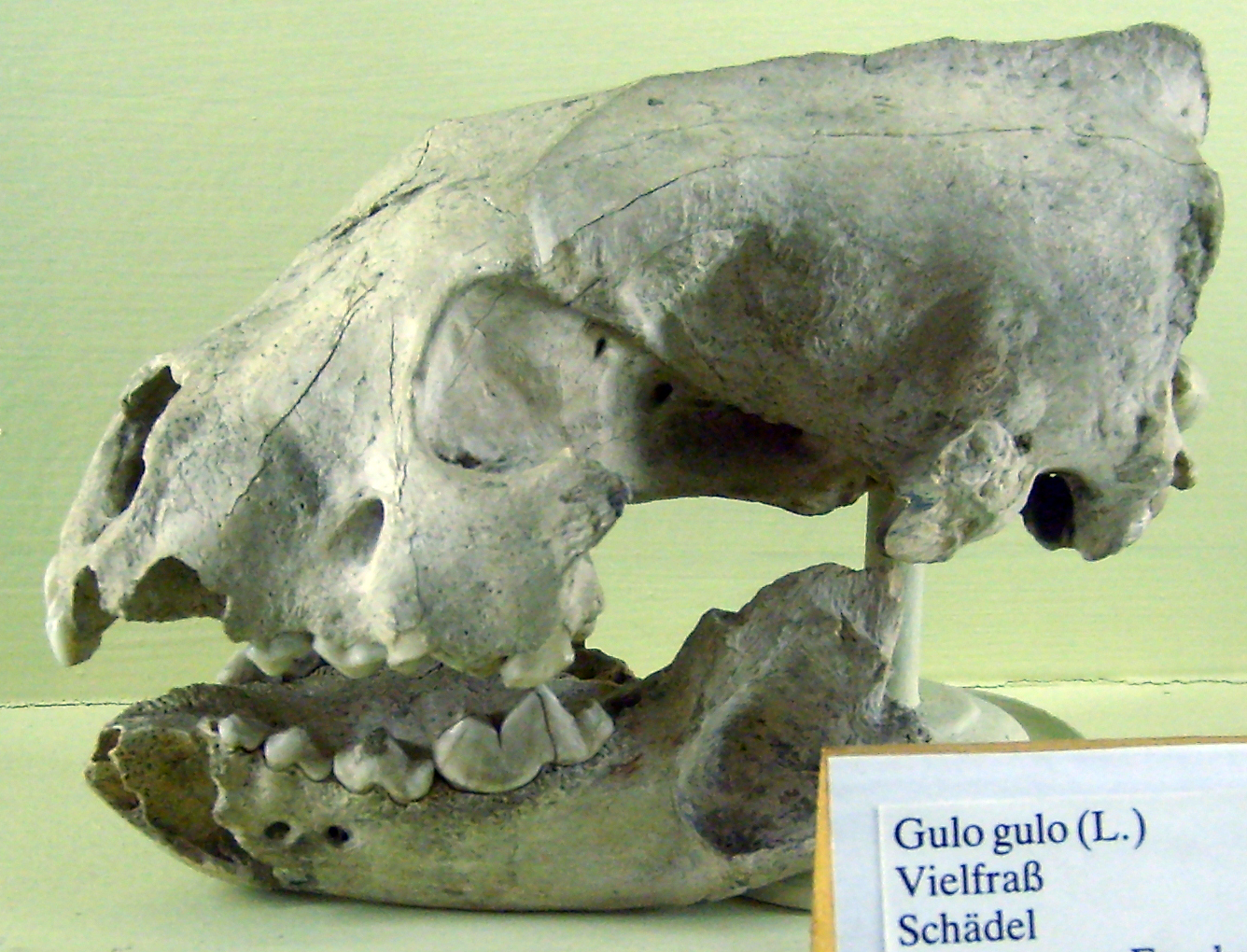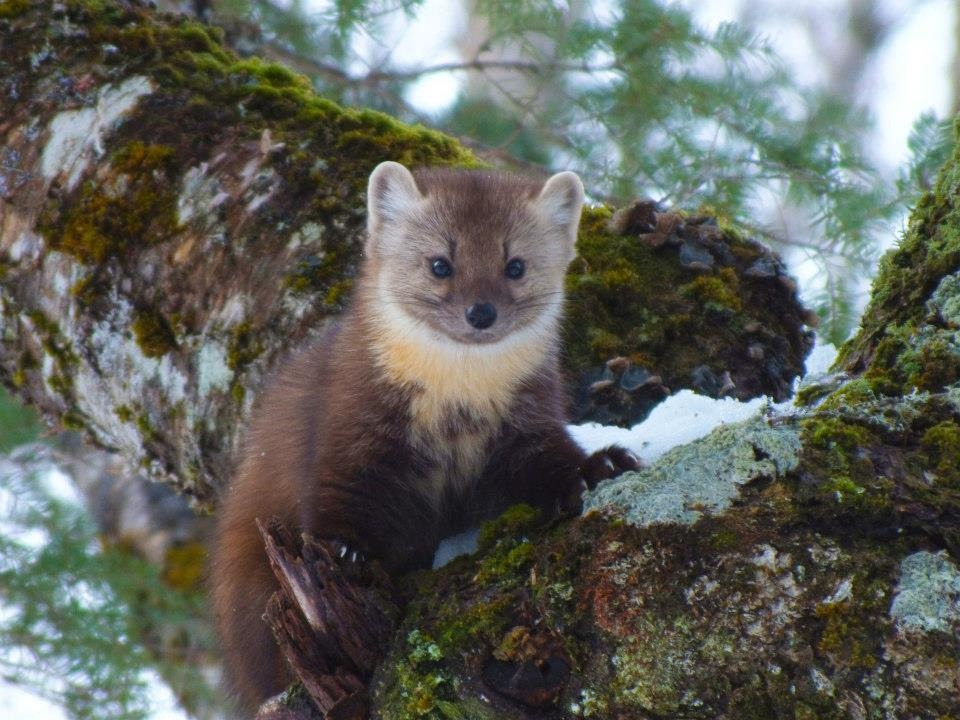|
Honey Badger
The honey badger (''Mellivora capensis''), also known as the ratel ( or ), is a mammal widely distributed in Africa, Southwest Asia, and the Indian subcontinent. Because of its wide range and occurrence in a variety of habitats, it is listed as Least Concern on the IUCN Red List. It is the only living species in the genus ''Mellivora'' and in the mustelid subfamily Mellivorinae. Despite its name, the honey badger does not closely resemble other badger species; instead, it bears more anatomical similarities to weasels. It is primarily a carnivorous species and has few natural predators because of its thick skin, strength and ferocious defensive abilities. Taxonomy ''Viverra capensis'' was the scientific name used by Johann Christian Daniel von Schreber in 1777 who described a honey badger skin from the Cape of Good Hope. ''Mellivorae'' was proposed as name for the genus by Gottlieb Conrad Christian Storr in 1780. Mellivorina was proposed as a tribe name by John Edward G ... [...More Info...] [...Related Items...] OR: [Wikipedia] [Google] [Baidu] |
Pliocene
The Pliocene ( ; also Pleiocene) is the epoch in the geologic time scale that extends from 5.333 million to 2.58See the 2014 version of the ICS geologic time scale million years ago. It is the second and most recent epoch of the Neogene Period in the . The Pliocene follows the Epoch and is followed by the Epoch. Prior to the 2009 ... [...More Info...] [...Related Items...] OR: [Wikipedia] [Google] [Baidu] |
Gottlieb Conrad Christian Storr
Gottlieb Conrad Christian Storr (June 16, 1749, Stuttgart – February 27, 1821, Tübingen) was a German physician, chemist, and naturalist. In 1768 he obtained his doctorate from the University of Tübingen, where he also served as a professor of chemistry, botany, and natural history from 1774 to 1801.Curtis Schuh’s Biobibliography of Mineralogy. The Mineralogical Record biographical information He is the of the genus '''', whose only species is the |
Mellivora Benfieldi
''Mellivora benfieldi'' or Benfield's honey badger is an extinct species of mustelid from the Late Miocene and Early Pliocene of Africa and possibly Europe. Taxonomy ''Mellivora benfieldi'' is considered a likely ancestor of the living honey badger. The genus ''Mellivora'' probably evolved from the more primitive ''Promellivora punjabiensis'' of India. The two genera are grouped together in the tribe Eomellivorini together with the extinct giant mustelids ''Eomellivora'' and ''Ekorus''. Distribution Fossils of ''Mellivora benfieldi'' were first recovered from Langebaanweg in South Africa. Additional material probably from this species has also been found in the Middle Awash in Ethiopia. Fossils attributed to this species have also been found in southern Europe dated to the end of the Messinian; a migration of African mammals into mediterranean Europe has been noted at that time. Description ''Mellivora benfieldi'' was similar to the modern honey badger, but slightly smaller in si ... [...More Info...] [...Related Items...] OR: [Wikipedia] [Google] [Baidu] |
Miocene
The Miocene ( ) is the first geological epoch of the Neogene Period and extends from about (Ma). The Miocene was named by Scottish geologist Charles Lyell; the name comes from the Greek words (', "less") and (', "new") and means "less recent" because it has 18% fewer modern marine invertebrates than the Pliocene has. The Miocene is preceded by the Oligocene and is followed by the Pliocene. As Earth went from the Oligocene through the Miocene and into the Pliocene, the climate slowly cooled towards a series of ice ages. The Miocene boundaries are not marked by a single distinct global event but consist rather of regionally defined boundaries between the warmer Oligocene and the cooler Pliocene Epoch. During the Early Miocene, the Arabian Peninsula collided with Eurasia, severing the connection between the Mediterranean and Indian Ocean, and allowing a faunal interchange to occur between Eurasia and Africa, including the dispersal of proboscideans into Eurasia. During the ... [...More Info...] [...Related Items...] OR: [Wikipedia] [Google] [Baidu] |
Polecat
Polecat is a common name for several mustelid species in the order Carnivora and subfamilies Ictonychinae and Mustelinae. Polecats do not form a single taxonomic rank (i.e. clade). The name is applied to several species with broad similarities to European polecats, the only polecat species native to the British Isles, such as having a dark mask-like marking across the face. In the United States, the term ''polecat'' is sometimes applied to the black-footed ferret, a native member of the Mustelinae. In Southern United States dialect, the term ''polecat'' is sometimes used as a colloquial nickname for the skunk, which is only distantly related to mustelids. Despite their common name, polecats are more closely related to dogs than cats, which is why they are placed in the suborder Caniformia. Taxonomy According to the most recent taxonomic scheme proposing eight subfamilies within Mustelidae, polecats are classified as: Subfamily Ictonychinae *Genus ''Ictonyx'' **Striped polecat, ... [...More Info...] [...Related Items...] OR: [Wikipedia] [Google] [Baidu] |
Wolverine
The wolverine (), (''Gulo gulo''; ''Gulo'' is Latin for "gluttony, glutton"), also referred to as the glutton, carcajou, or quickhatch (from East Cree, ''kwiihkwahaacheew''), is the largest land-dwelling species of the family Mustelidae. It is a muscular carnivore and a solitary animal. The wolverine has a reputation for ferocity and strength out of proportion to its size, with the documented ability to kill prey many times larger than itself. The wolverine is found primarily in remote reaches of the Northern Taiga, boreal forests and subarctic and alpine tundra of the Northern Hemisphere, with the greatest numbers in Northern Canada, the U.S. state of Alaska, the mainland Nordic countries of Europe, and throughout western Russia and Siberia. Its population has steadily declined since the 19th century owing to animal trapping, trapping, range reduction and habitat fragmentation. The wolverine is now essentially absent from the southern end of its range in both Europe and North ... [...More Info...] [...Related Items...] OR: [Wikipedia] [Google] [Baidu] |
Dentition Formulae
Dentition pertains to the development of teeth and their arrangement in the mouth. In particular, it is the characteristic arrangement, kind, and number of teeth in a given species at a given age. That is, the number, type, and morpho-physiology (that is, the relationship between the shape and form of the tooth in question and its inferred function) of the teeth of an animal. Animals whose teeth are all of the same type, such as most non-mammalian vertebrates, are said to have ''homodont'' dentition, whereas those whose teeth differ morphologically are said to have '' heterodont'' dentition. The dentition of animals with two successions of teeth (deciduous, permanent) is referred to as ''diphyodont'', while the dentition of animals with only one set of teeth throughout life is ''monophyodont''. The dentition of animals in which the teeth are continuously discarded and replaced throughout life is termed ''polyphyodont''. The dentition of animals in which the teeth are set in sock ... [...More Info...] [...Related Items...] OR: [Wikipedia] [Google] [Baidu] |
Guloninae
Guloninae is a subfamily of the mammal family Mustelidae distributed across Eurasia and the Americas. It includes martens and the fisher, tayra and wolverine. These genera were formerly included within a paraphyletic definition of the mustelid subfamily Mustelinae. Most gulonine species are arboreal to a degree. Some of the fashion furs come from this subfamily, e.g. sable, marten. Species Extant species Extinct genera *†'' Aragonictis'' Valenciano et al., 2022 - Middle Miocene Europe ** ''A. araid'' *†'' Circamustela'' Petter, 1967 - Middle to Late Miocene Europe ** ''C. dechaseauxi'' ** ''C. peignei'' ** ''C.? laevidens'' *†'' Dehmictis'' Ginsburg and Morales, 1992 - Early Miocene Europe *†'' Eiricitis'' - Early Pliocene Asia ** ''E. pachygnatha'' *†'' Laphictis'' Viret, 1933 *†'' Ischyrictis'' Helbing, 1930 *†''Plesiogulo ''Plesiogulo'' is a genus of prehistoric carnivore that lived from Miocene to Pliocene of Africa, Eurasia and North America. An a ... [...More Info...] [...Related Items...] OR: [Wikipedia] [Google] [Baidu] |
Marten
A marten is a weasel-like mammal in the genus ''Martes'' within the subfamily Guloninae, in the family Mustelidae. They have bushy tails and large paws with partially retractile claws. The fur varies from yellowish to dark brown, depending on the species; it is valued by animal trappers for the fur trade. Martens are slender, agile animals, adapted to living in the taiga, which inhabit coniferous and northern deciduous forests across the Northern Hemisphere. Classification Results of DNA research indicate that the genus ''Martes'' is paraphyletic, with some studies placing ''Martes americana'' outside the genus and allying it with ''Eira'' and ''Gulo'', to form a new New World clade. The genus first evolved up to seven million years ago during the Miocene epoch. Fossils Several fossil martens have been described, including: *†''Martes campestris'' (Pliocene) *†''Martes wenzensis'' (Pliocene) *†''Martes vetus'' (Pleistocene) Another described fossil species, ''Martes n ... [...More Info...] [...Related Items...] OR: [Wikipedia] [Google] [Baidu] |
Melinae
Badgers are short-legged omnivores in the family Mustelidae (which also includes the otters, wolverines, martens, minks, polecats, weasels, and ferrets). Badgers are a polyphyletic rather than a natural taxonomic grouping, being united by their squat bodies and adaptions for fossorial activity. All belong to the caniform suborder of carnivoran mammals. The fifteen species of mustelid badgers are grouped in four subfamilies: four species of Melinae (genera ''Meles'' and ''Arctonyx'') including the European badger, five species of Helictidinae (genus ''Melogale'') or ferret-badger, the honey badger or ratel Mellivorinae (genus ''Mellivora''), and the American badger Taxideinae (genus ''Taxidae''). Badgers include the most basal mustelids; the American badger is the most basal of all, followed successively by the ratel and the Melinae; the estimated split dates are about 17.8, 15.5 and 14.8 million years ago, respectively. The two species of Asiatic stink badgers of the ... [...More Info...] [...Related Items...] OR: [Wikipedia] [Google] [Baidu] |
Genus
Genus ( plural genera ) is a taxonomic rank used in the biological classification of extant taxon, living and fossil organisms as well as Virus classification#ICTV classification, viruses. In the hierarchy of biological classification, genus comes above species and below family (taxonomy), family. In binomial nomenclature, the genus name forms the first part of the binomial species name for each species within the genus. :E.g. ''Panthera leo'' (lion) and ''Panthera onca'' (jaguar) are two species within the genus ''Panthera''. ''Panthera'' is a genus within the family Felidae. The composition of a genus is determined by taxonomy (biology), taxonomists. The standards for genus classification are not strictly codified, so different authorities often produce different classifications for genera. There are some general practices used, however, including the idea that a newly defined genus should fulfill these three criteria to be descriptively useful: # monophyly – all descendants ... [...More Info...] [...Related Items...] OR: [Wikipedia] [Google] [Baidu] |









